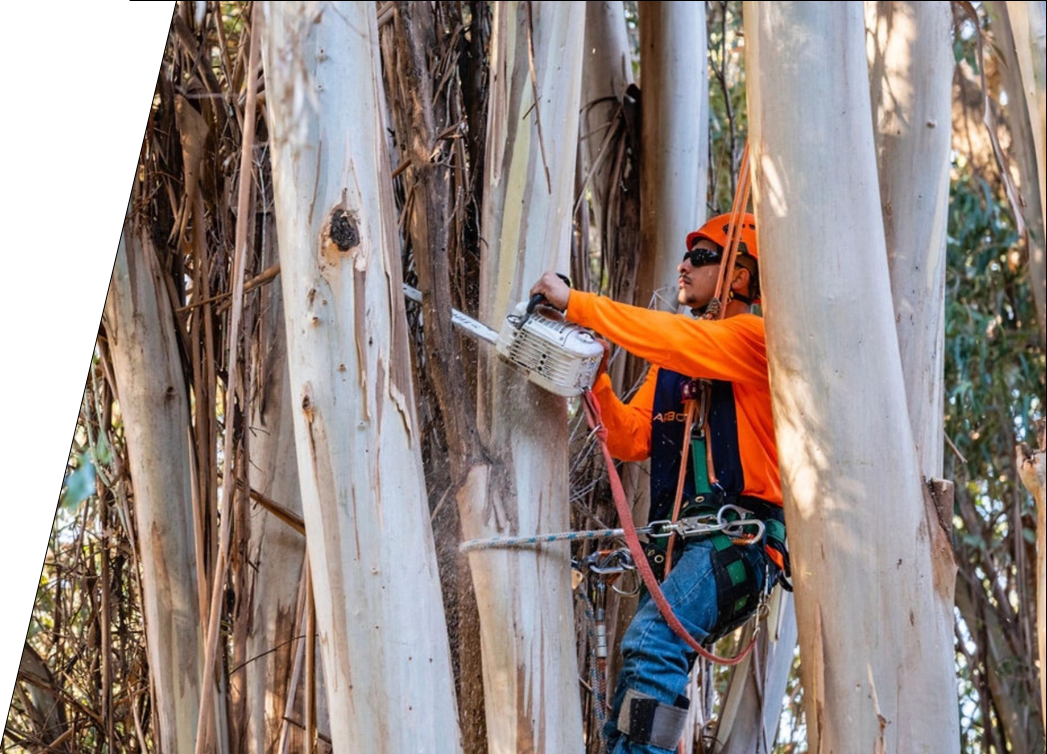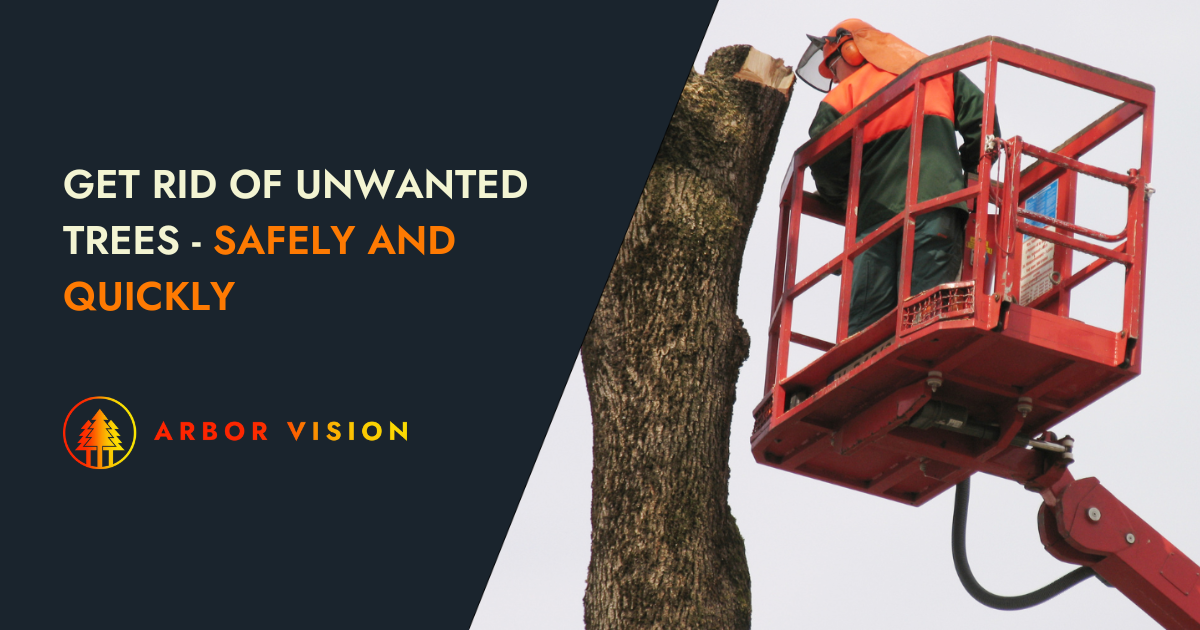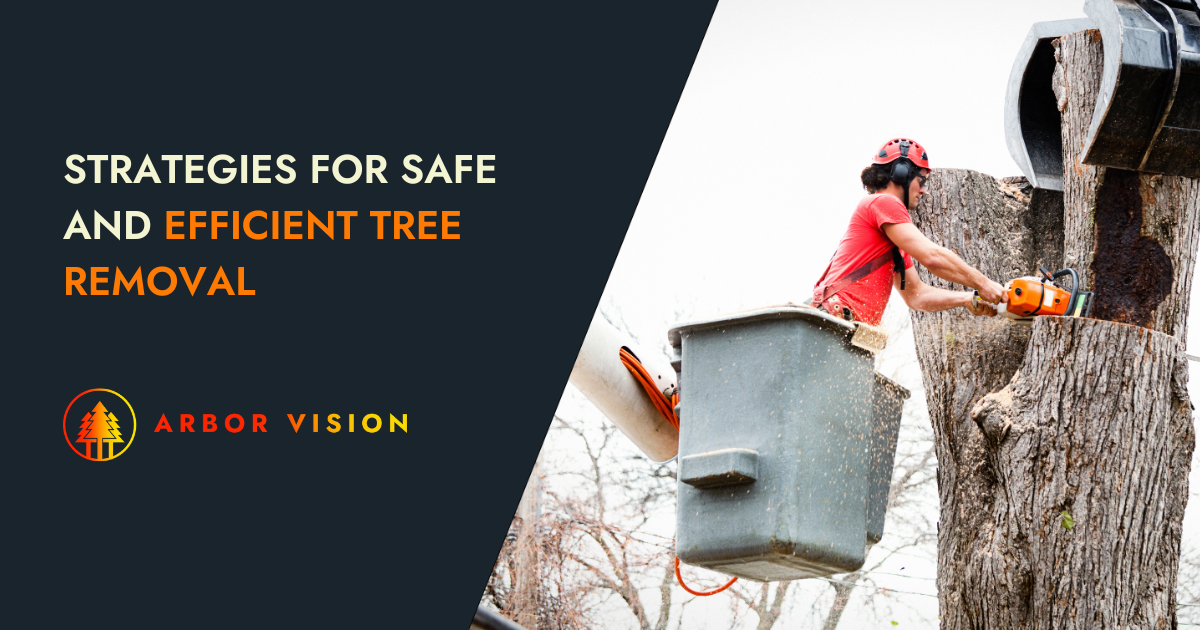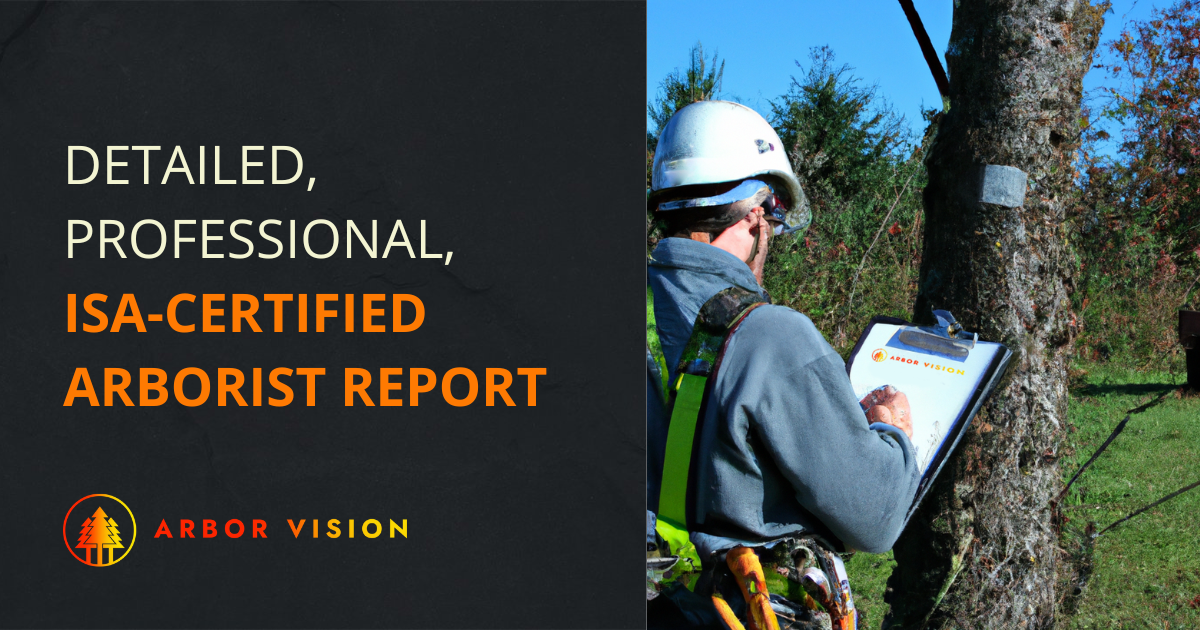Are you a property manager dealing with an emergency tree removal situation? Don't worry. This comprehensive FAQ guide will cover everything you need to know, from identifying emergencies to choosing professionals and ensuring safety.
Share this page:
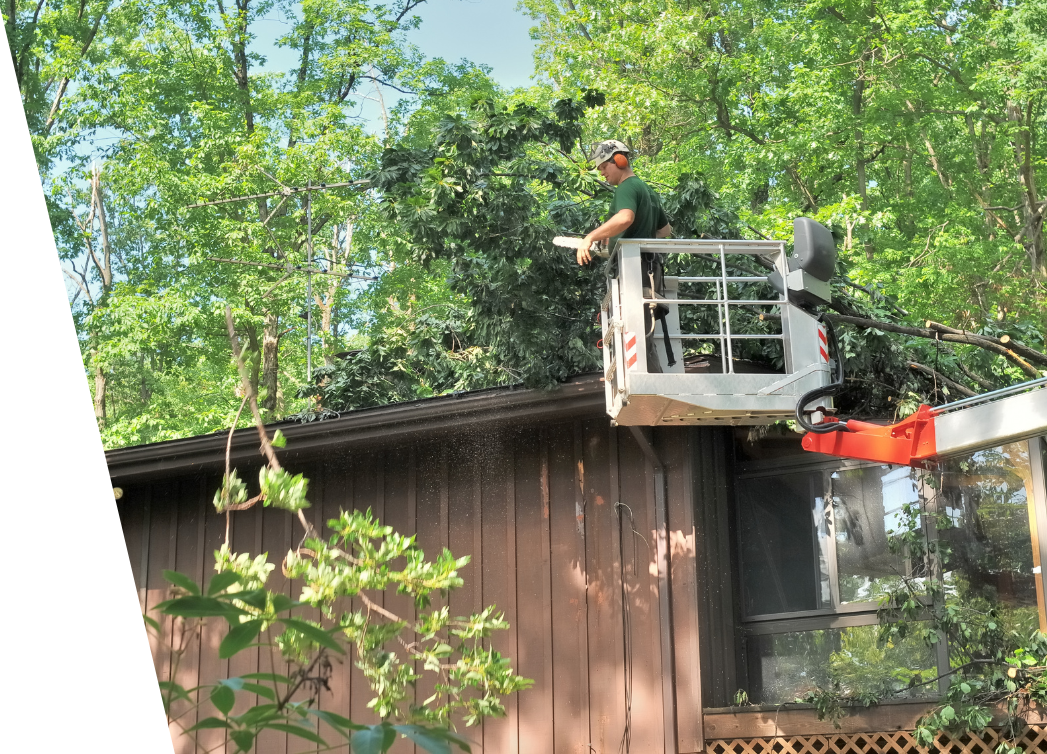
Understanding Emergency Tree Removal
An emergency tree service ensures the quick removal of branches or trees presenting a risk to your property. Tree removal includes an assessment of the damage and a safe removal process that reduces the risk of further damage.
Common Reasons for Tree Removal
Common reasons for tree removal include:
- Disease that weakens the tree or branches
- Low-lying, loose, or severely damaged branches
- Unstable root systems
- Severe weather damage or accidents that have uprooted the tree
Identifying Signs of an Emergency Tree Situation
You can inspect your trees regularly to identify the following emergencies:
- Leaning: Some trees lean naturally towards the sun. However, if a tree suddenly leans, it is likely due to “uprooting.”
- Sickly appearance: If disease or pests have penetrated the tree, it weakens the roots, trunk, and branches. Signs of disease include:
- Dead and dying branches
- Holes in the bark or leaves
- Leaves appearing wilted, spotted, yellow, or burnt
- Discoloration
- Fungal growth
- Lumpy growth on the trunk or branches
- Hanging branches: Large, hanging branches are dangerous to the building and occupants below.
- Branch loss: If a tree loses too many branches, it can’t feed itself and becomes less stable.
- Root or branch infringement: If you notice tree roots or branches are spreading dangerously close to the building or areas such as parking lots or pathways, it can cause severe property damage. It also presents a potential hazard to occupants and visitors. Roots and branches infringing on neighboring buildings are a liability and require immediate removal.
If you discover any of these risks, it’s time to call an emergency
tree service.
Hiring a Professional for Emergency Tree Removal
Only appropriately qualified, licensed, professional tree service should perform tree removal services. Before hiring an emergency tree service, ask about their certification and insurance. If asked, reputable local arborists will be pleased to prove they are a licensed tree service with ISA-certified arborists and are fully insured.
Property managers should keep the area clear until the arborists arrive to avoid personal injury or further damage to the tree or property. Also, if the tree is in contact with power or gas lines, you should inform your San Ramon, CA, utility companies of the danger.
The Tree Removal Process
Emergency tree services work quickly and safely to ensure your property and occupants are safe. Here’s what to expect during the process:
Preparing Your Property for Tree Removal
You can assist with the following steps to help prepare your property for the removal process:
- Reserve parking space: Tree removal equipment will require ample parking. Ask your arborist how much space they need and free up several parking spaces for the equipment, vehicles, and crew.
- Clear the area: Make sure you block off the area to keep occupants and passersby at a safe distance. If it is safe to do so, remove anything in the area that might hamper the progress of the process, such as outdoor furniture, urns, or maintenance equipment. This protects your assets while making it easier for the crew to work.
- Notify occupants and neighbors: Tree removal is loud and dangerous. Notify occupants about the work with an estimate of how long it will take. Warn them of possible interruptions to power, internet, and phone service.
The Tree Removal Procedure
The amount of damage varies from tree to tree, which in turn impacts the process. However, generally, you can expect the following from tree service companies:
- A tree inspection and risk assessment
- Creating an action plan
- A quote explaining the costs involved
- Worksite preparation, such as setting up equipment
- Ensuring the necessary safety precautions are in place
- Maximize safety during tree removal by working from the top down when removing branches and trunks. Consider asking your tree service about stump removal as well.
Ensuring Safety During Tree Removal
Tree removal is dangerous even when handled by professionals. A tree risk assessment and checklist are created to keep the site safe. During the process, the crew will cordon off the area, but it is essential to ensure you and the building occupants avoid the area when the work is underway. As mentioned, the local utility services must be contacted before work begins if power or gas lines present a risk.
Post-Removal Debris Disposal and Property Damage
Arborists work with woodchippers on site. As branches are removed, they feed them into the chipper to make it easier to cart the debris away. Larger pieces are cut into manageable pieces and removed from the site.
Evaluating and Repairing Property Damage
Once the debris is removed, you can assess property damage and arrange repairs. Make sure to speak to your insurance company so they can file the report for claim work and cover damages related to fallen trees.
Maintaining Tree Health and Preventing Emergencies
Ask the arborist performing the job to evaluate the rest of the trees on your property. They will look for potential hazards and let you know what further care is recommended. A certified arborist can also provide a
maintenance plan to avoid future damage and keep your trees healthy and beautiful.
Additional Emergency Tree Removal FAQs
How long does tree removal take?
It depends on the tree’s location, size, and extent of the damage. Larger trees can take up to eight hours or more to cut down, while smaller trees can take a few hours.
How much does tree removal cost?
Cost depends on the risks, as well as the tree size, ranging between $250–$2000.
Can I remove a tree on my own?
Tree removal is a risky job, especially for large trees. It is always best to hire an arborist to remove the tree safely and avoid damage to the property and surrounding trees.
Protecting Your Property with Tree Maintenance
As you can see, removing trees can be a complicated process requiring a licensed tree service to perform the work. You can take a proactive approach by identifying potential risks and preparing for possible emergencies on your property. With a comprehensive tree maintenance plan, you can avoid emergencies and protect your property from damage.
Trust Arbor Vision for Your Tree Emergency and Maintenance Needs
Whether you have a tree emergency or want to avoid one, click
here
to learn more about Arbor Vision’s emergency and tree services.
Share this page:
